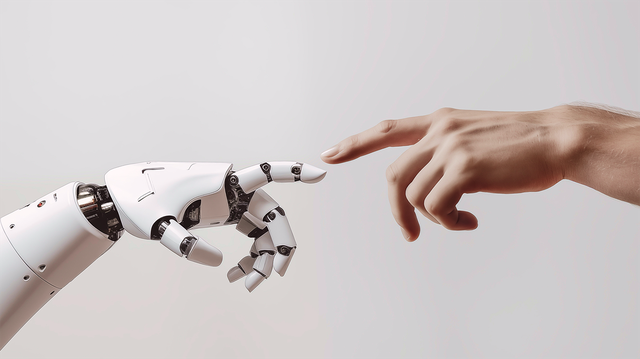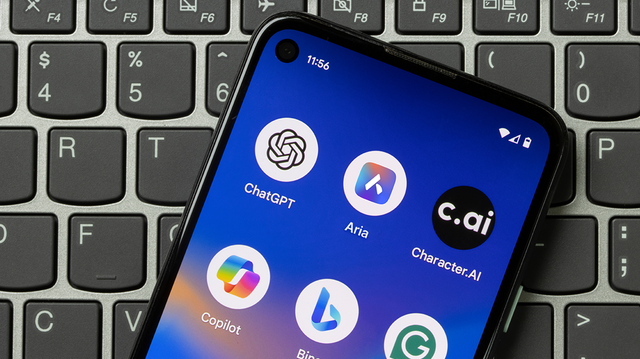How AI technology helps people with disabilities

From describing surroundings for the visually impaired, to allowing people with reduced mobility to navigate through cities safely and effortlessly, AI is helping create more inclusive environments for people with disabilities.
Around 16% of the global population, or 1.3 billion people, have a significant disability, including 240 million children. In 2022, the WHO and UNICEF highlighted that, while 2.5 billion people are in need of assistive products, nearly one billion people are denied access, especially in low and middle income countries. AI has the potential to bridge this gap, paving the way for better access through innovative solutions.
Breaking down barriers with AI
The overall goal of accessibility is to create equal chances for all to fully participate in society, supporting independence and equal access. Artificial intelligence can break down accessibility barriers with solutions like lip-reading recognition and real-time captioning for people with hearing or language barriers. It assists with communication through eye-tracking and voice recognition.
Digital assistants, auto-generated captions, sign language avatars, prosthetics and a wide range of mental health support are just a few examples of how artificial intelligence can improve the lives of those with disabilities.
Here are some great AI tools that are making a difference:
Microsoft’s Seeing AI
Microsoft’s Seeing AI helps visually impaired people read by scanning documents with their smartphone camera. It can describe people and objects, identify currency and even recognize friends and their emotions.
Amazon’s Alexa
Alexa offers hands-free control for everyday tasks, such as turning lights on, setting alarms, or opening doors. It also assists with communication through translation, and supports daily routines by setting reminders for medications or chores.
Predictable
Predictable learns from users’ typing patterns to predict text and phrases to help people with conditions like cerebral palsy or ALS to communicate. Users can add custom elements to categories of used phrases, as well as add tools like notes, translation, or chatbots.
Google Maps
Visually impaired and wheelchair users can plan their trips on Google Maps, finding the best routes and transportation options. The features in this app can highlight ramps and elevators, or provide details about entrances, parking, or restrooms.
Other AI-powered navigation apps capable of helping people with disabilities navigate public spaces, with features similar to Google Maps, are Moovit and Wheelmap.
Aria
Aria, Opera’s browser AI, scans the web and generates responses based on the user’s needs, including voice input and reading responses aloud. Aria can break tasks down, simplify language, and estimate task completion time. If asked, Aria can help plan a daily routine adapted to any unique needs, and perform tasks such as making purchases and filling out forms.
Discover AI-powered browsing
Aria, Opera’s AI, is free on both desktop and mobile. Generate images and text, and get up-to-date answers in over 50 languages without any account.
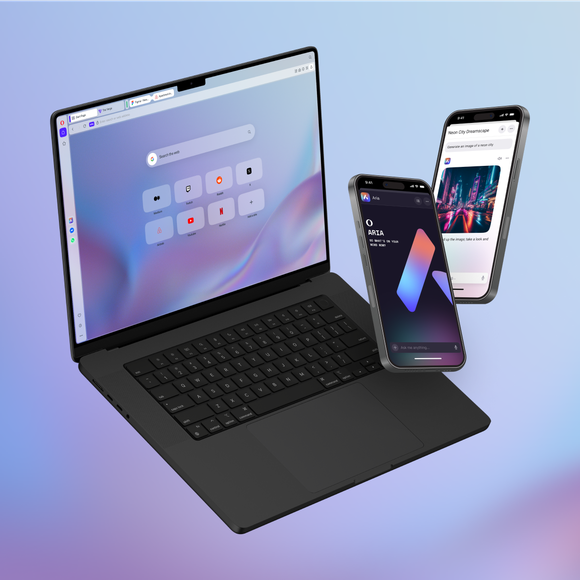

Areas for improvement in AI assistance
Access to technology
AI is achieving great milestones, but one key challenge still to be resolved is general access to technology - due to the digital divide, many people with disabilities still face difficulties with access to more advanced AI tools.
Bias in algorithms
Biased algorithms can discriminate, especially in the popular, generic models, not made with disabled people in mind. For example, some AI models have difficulty understanding diverse speech patterns, or misinterpret body language, which can result in taking the person out of consideration during a hiring process, or for the person to be unfairly treated in areas like education or security services.
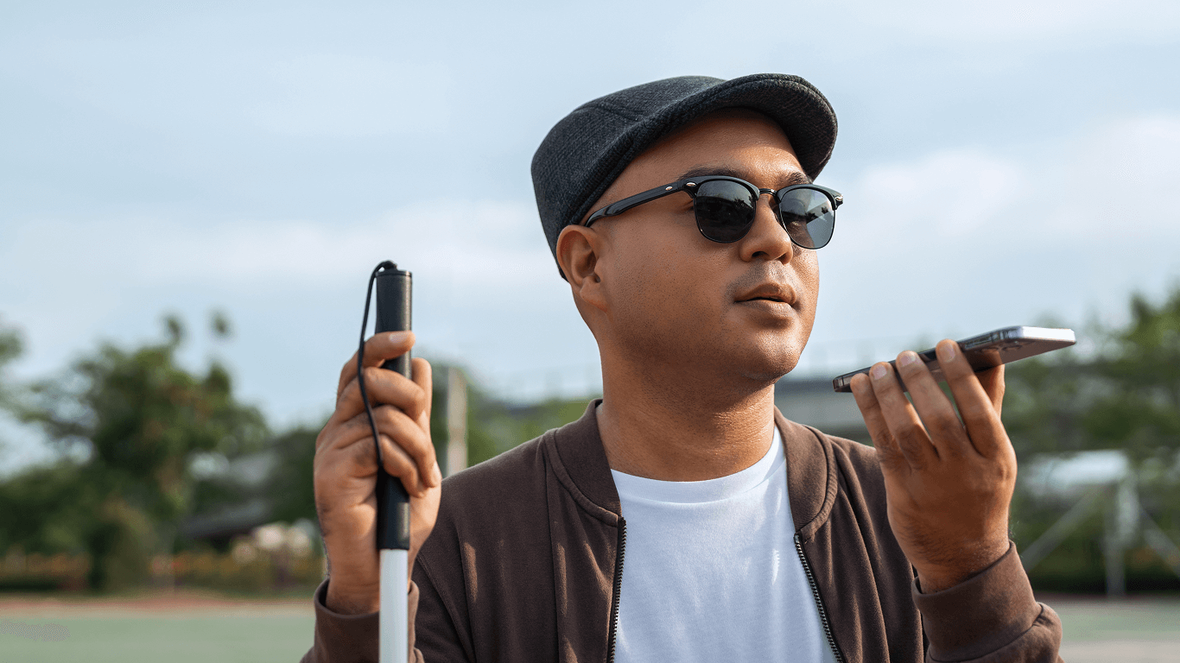

Moving forward with AI
It’s crucial to emphasize the importance of inclusive design for those with disabilities as AI technology evolves into AGI - see our article on What is AI for more information.
Artificial intelligence technology has the capability to completely transform accessibility for people with visual, hearing, mobility and speech impairments, but to ensure it is truly inclusive, individuals with disabilities should be involved in AI development, in order to address their unique needs.
Even in its current stages, AI is already empowering disabled people to succeed professionally, communicate, and to get equal opportunities. These AI-powered systems are continuing to improve, addressing more specific needs and helping disabled people to not only live independently, but to thrive.
Related articles
Du verdienst einen besseren Browser
Operas kostenloses VPN, Werbeblocker und Flow File Sharing. Dies sind nur einige der unverzichtbaren Funktionen von Opera für schnelleres, reibungsloseres und ablenkungsfreies Surfen, die dein Online-Erlebnis verbessern.

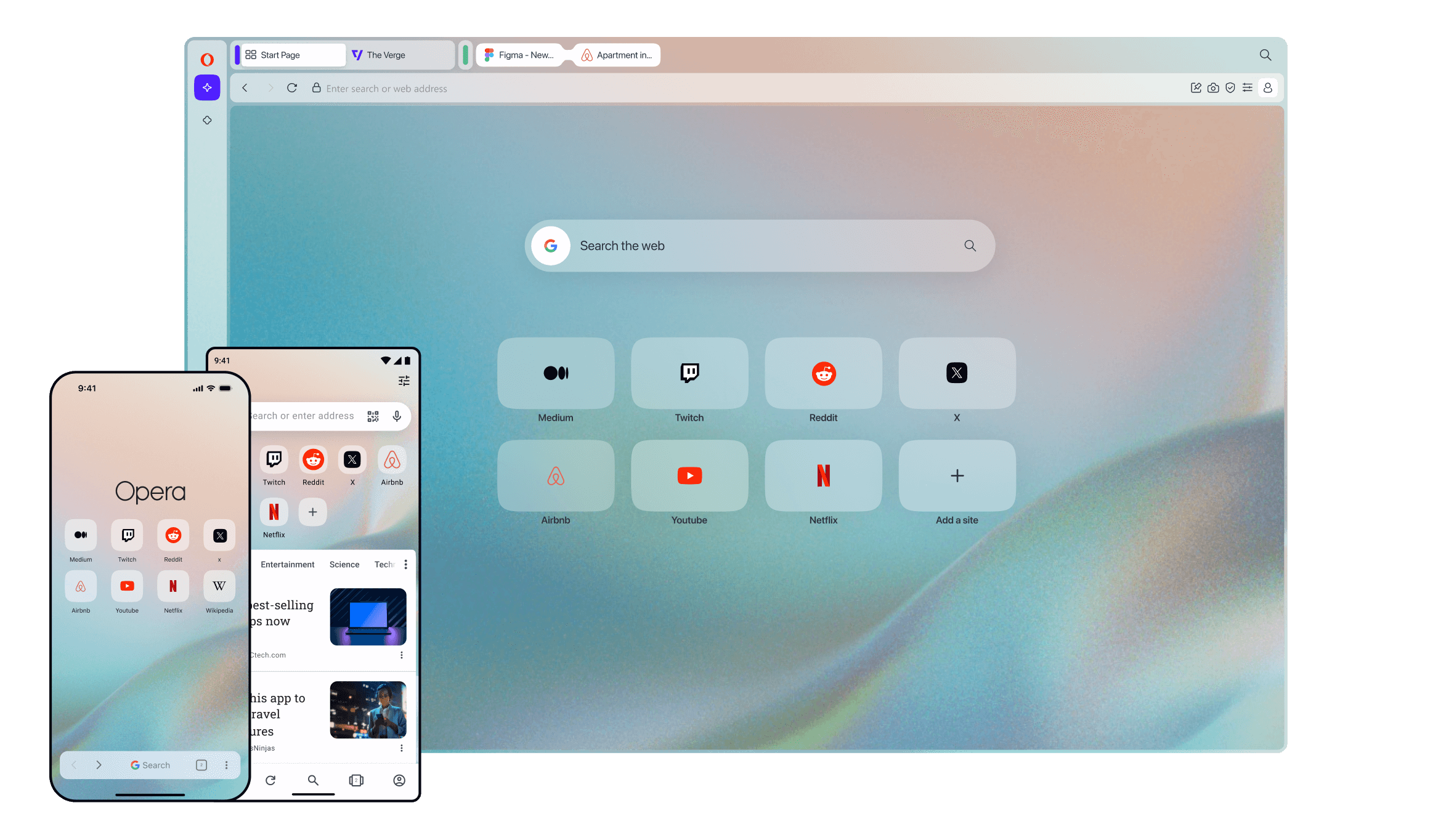
Press Contacts!
Our press team loves working with journalists from around the world. If you’re a member of the media and would like to talk, please get in touch with us by sending an email to one of our team members or to press-team@opera.com


